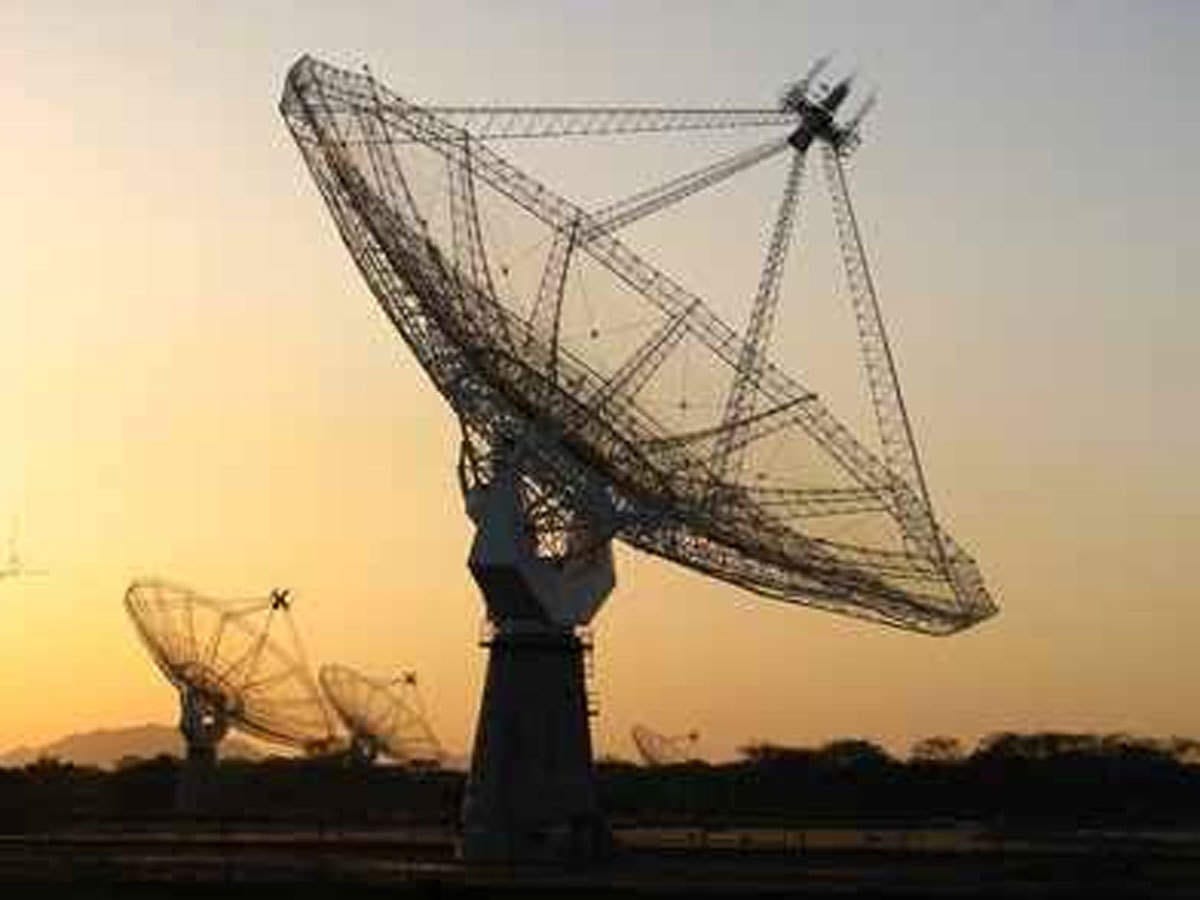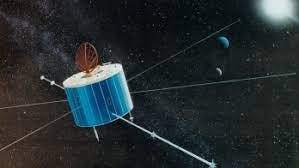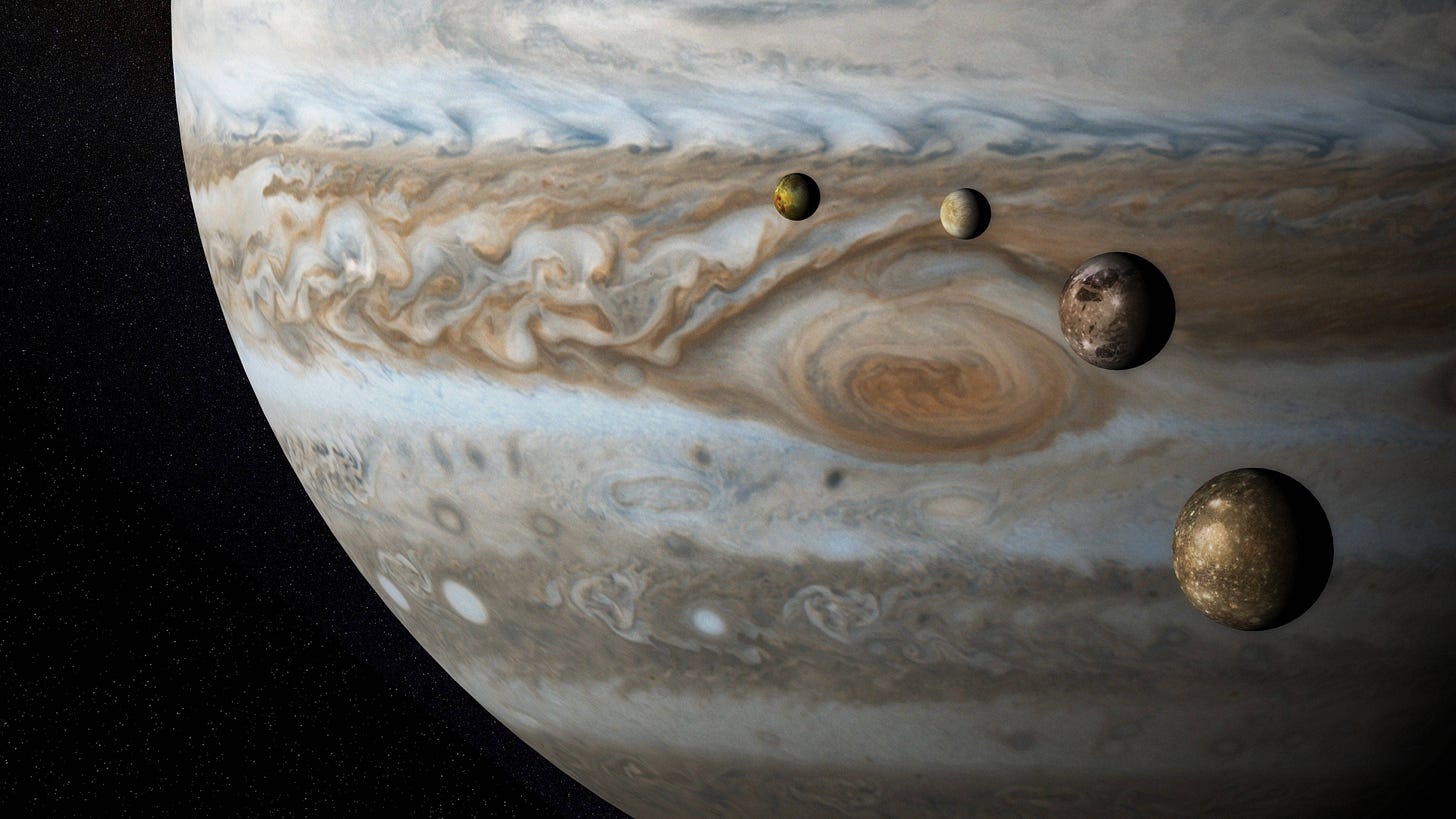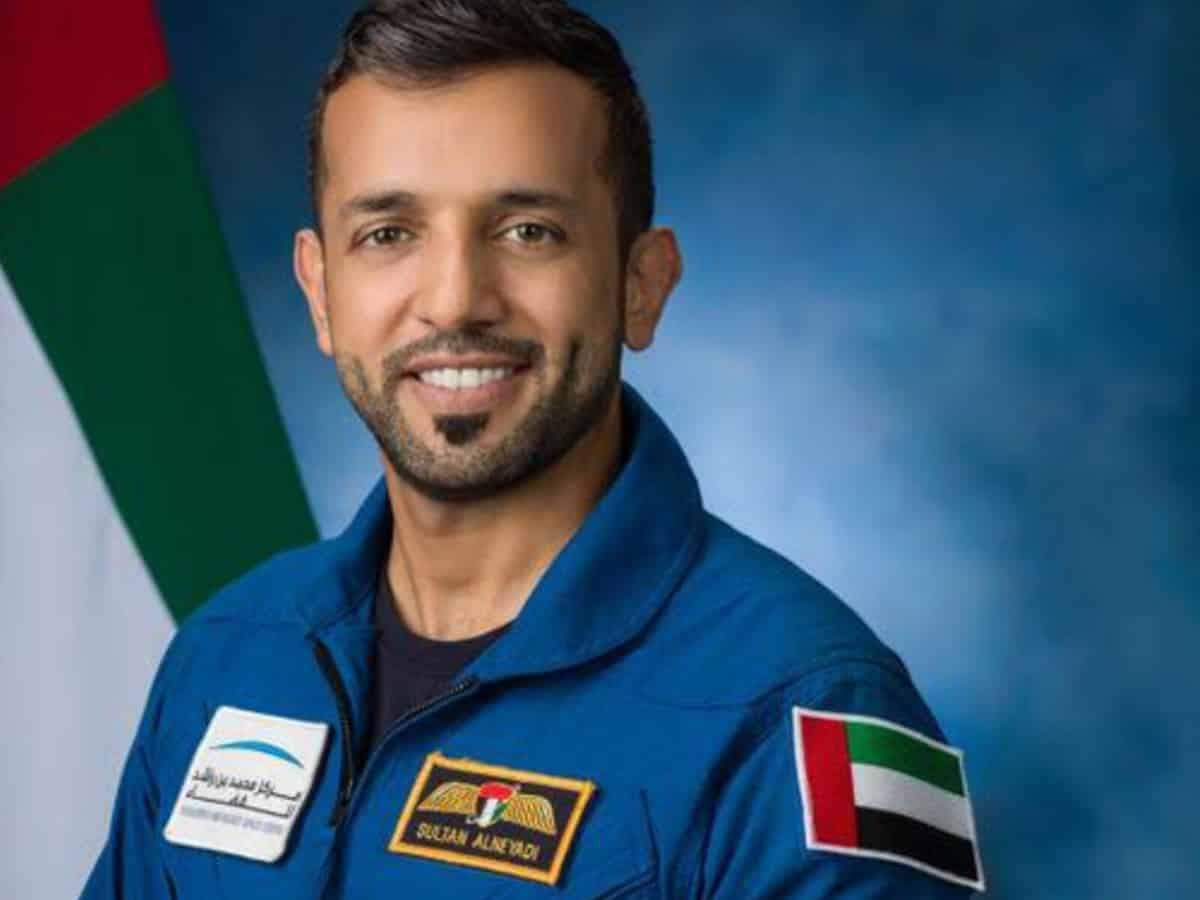8.7 billion-year-old radio waves captured
The Giant Metrewave Radio Telescope (GMRT) in Pune, India captured a radio wave last week. The radio wave was emitted by a galaxy 8.7 billion years years ago during the formation of its stars. For comparison, the entire universe is only 13.7 billion years old.
New asteroid may hold the key to the formation of the solar system
The Ryugu asteroid may hold keys to understanding the early stages of the solar system. A sample of this asteroid was collected by Japan’s Hayabusa2 spacecraft. The researchers are performing isotopic analysis on the sample right now. Isotopic analysis is a method used to study the different types of atoms of an element in a sample. It helps scientists to understand the history, age, and composition of the sample. For more info read here.
Geotail retires after 30 years of service
NASA’s Geotail satellite was launched on 24 July 1992 to gather data on the Earth’s magnetosphere ( magnetic shield). Its original mission was for 4 years but it was extended to 30. Now finally after tracking solar winds and magnetic storms for 3 decades, the satellite has officially retired.
European satellite to explore Jupiter’s largest moons
The Jupiter Icy Moons Explorer (JUICE) will be launched in April 2023. This spacecraft will explore Jupiter’s largest moons Ganymede, Europa, and Callisto.
First Arab to go to space for a long time period
On February 26 UAE is going to launch Sultan Al Neyadi to space on a 6-month mission in the ISS. This will be the longest time an Arab will be in space.






